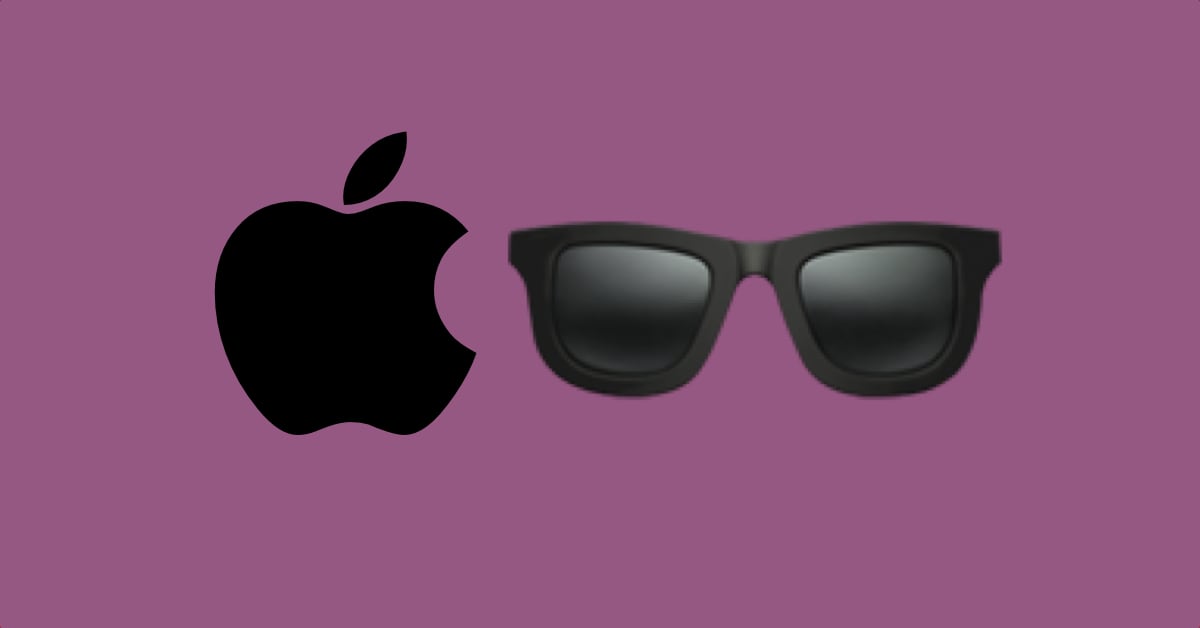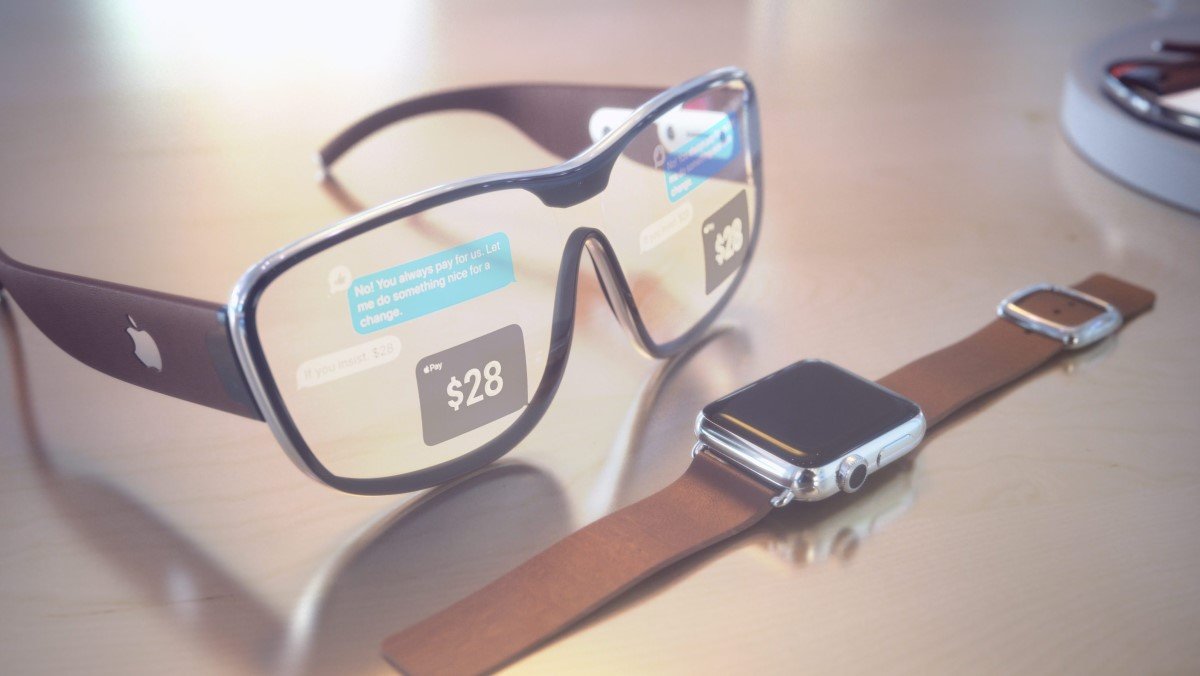Nikkie reports that TSMC will manufacture a 1-inch OLED display for Apple AR devices. The company’s long term supply chain partner will develop the advanced display technology at a secret location, presumably, Apple’s labs in Longtan District in the northern Taiwanese city of Taoyuan.
Currently, Apple uses OLED displays in iPhone 12 line-up and reportedly will launch iPad Pro with new display technology by late 2021. And now the company is working on a micro OLED project which will take years to go into mass production.

Apple AR (Augment Reality) devices to ship with OLED display
Contrary to previous reports that Apple AR glasses and headset will be equipped with Foxconn’s semitransparent lenses, Nikkie claims that Apple has chosen the Taiwanese semiconductor manufacture to develop an ultra-advanced display for its AR devices.
“Panel players are good at making screens bigger and bigger, but when it comes to thin and light devices like AR glasses, you need a very small screen,” said a source who has direct information on the micro OLED R&D project. “Apple is partnering with TSMC to develop the technology because the chipmaker’s expertise is making things ultra-small and good, while Apple is also leveraging panel experts’ know-how on display technologies.”

Being developed at Apple’s secretive labs in Taiwan, the micro OLED display is at the trial production stage, but it is said that it will take a long time for the technology to go into mass production. And the TSMC will use some of its current “chip-production equipment and processes.”
Eric Chiou, a veteran display analyst at research agency TrendForce, told Nikkei that Micro OLED could be the most ideal display technology for next-generation AR displays as it can make a display ultra-small, reducing the overall weight of the device, but also comes with high-resolution. “The technology is a mix of semiconductor and display manufacturing know-how,” Chiou said.
“However, it is currently in its early stage of development. It is not likely Apple could immediately introduce its self-developed technology into its first AR products in one to two years,” the analyst added.
2 comments
Comments are closed.